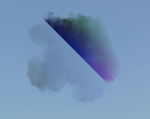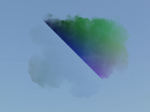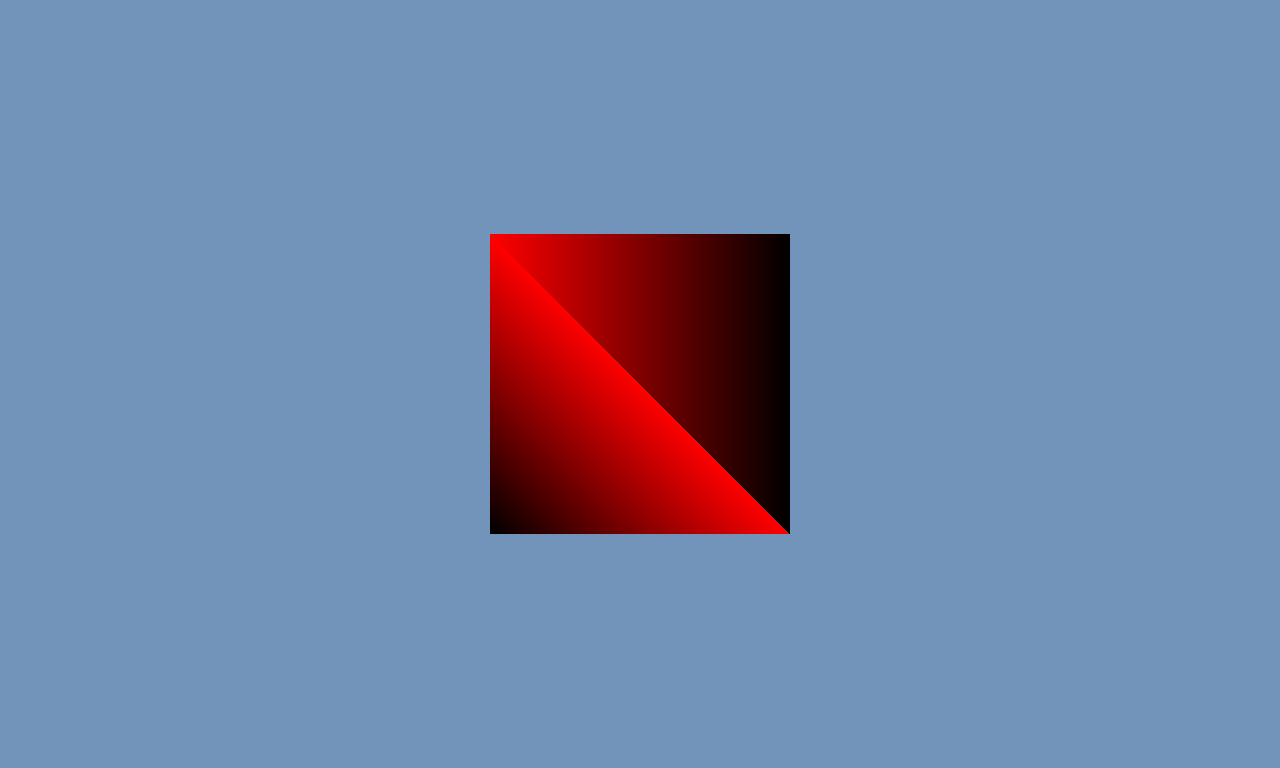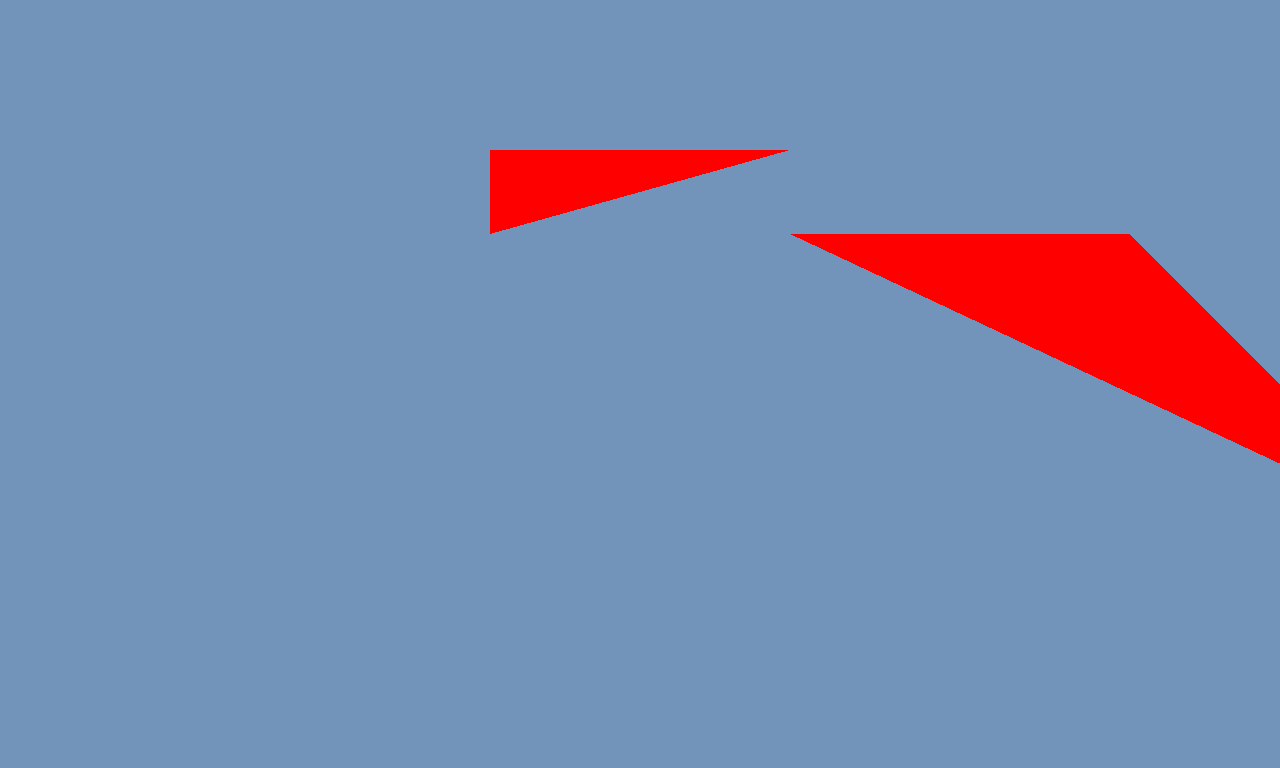We have this item on our list of things to investigate. You are correct that Windows Phone 8.1 with limited feature level settings does not support geometry shaders. We will be looking into some solutions for that in the next coming months. It is a challenging problem, but we plan on addressing it in some way.







Angle from google uses geometry shaders for rendering points on GPU, Windows Phone 8.1 supports feature level 3.1 which does not support geomtry shaders, how this will be handled?